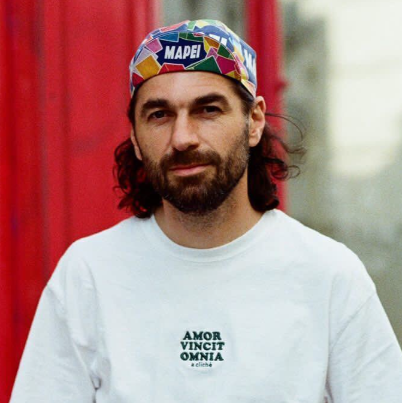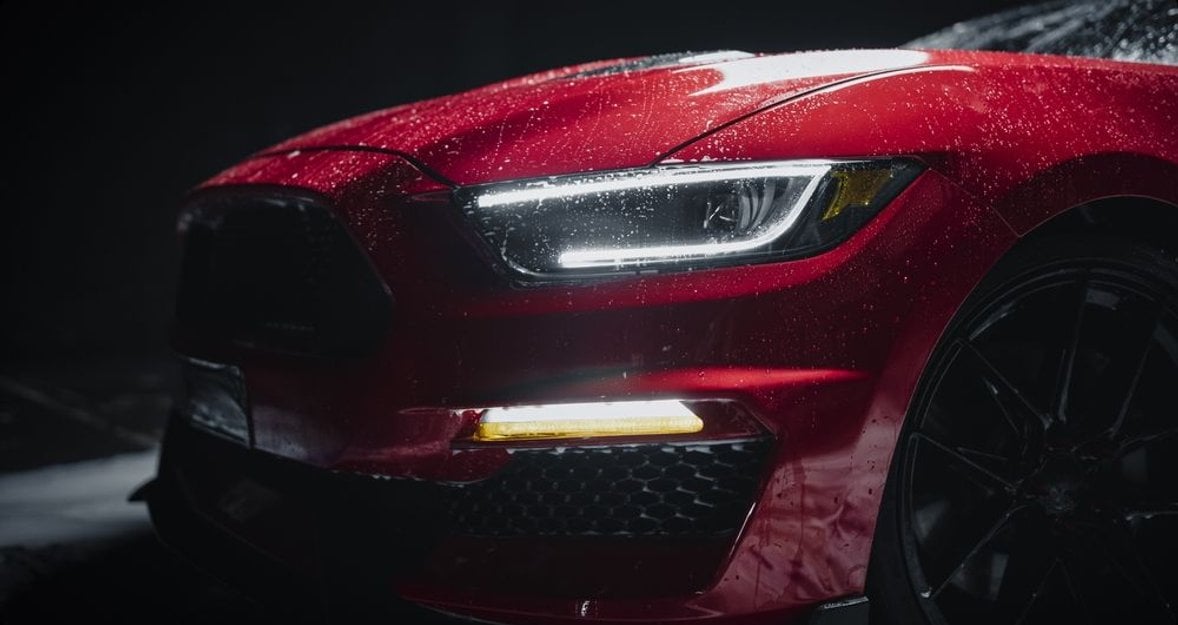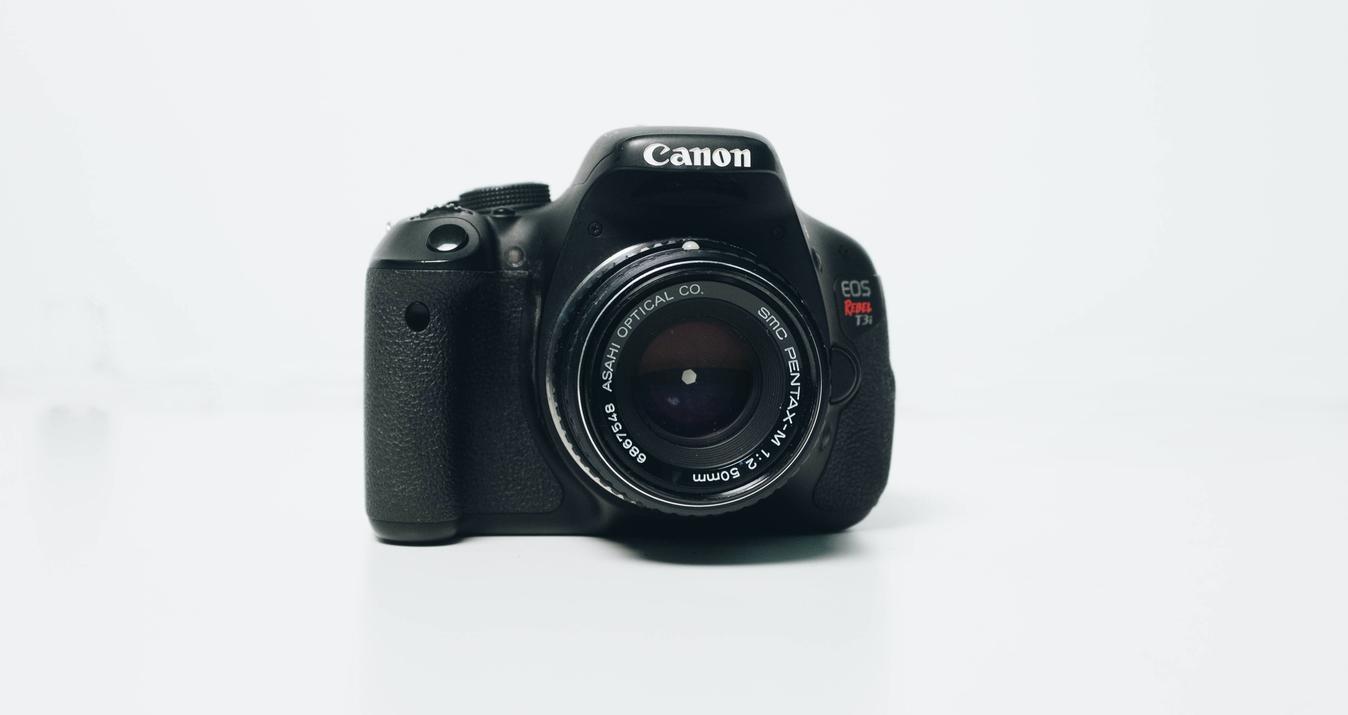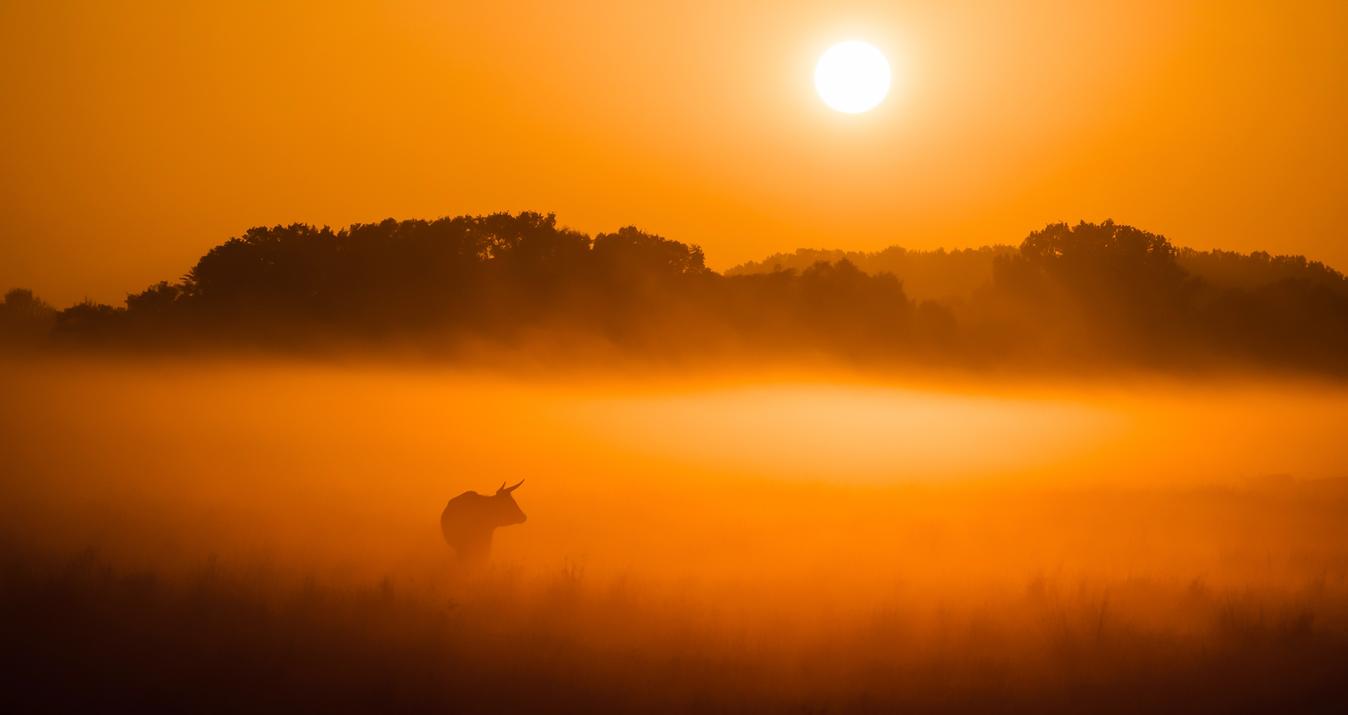If your passions are cars and photography, feel free to combine them! Today, on our blog, we give practical, detailed instructions on how to take good photos of cars and learn automotive photography tips that will help create stunning images of any vehicle.
We deal with images of various cars in our everyday lives — from advertising on billboards to pages of magazines. But have you ever wondered how much work goes into each of these shots and why amateur photos of cars don't convey the beauty and shapes we see on billboards?
Capturing impressive car photos requires skill, technique, and a keen eye for detail. In this article, we delve into expert advice and insights from industry professionals to help you master the art of car photography. We'll cover everything you need to know to take your car photography to the next level, from essential equipment to lighting techniques, compositional principles, and post-processing techniques. Join us as we explore the world of vehicle photography and discover the secrets to creating exciting and impressive images that showcase the beauty and elegance of cars.
Equipment Essentials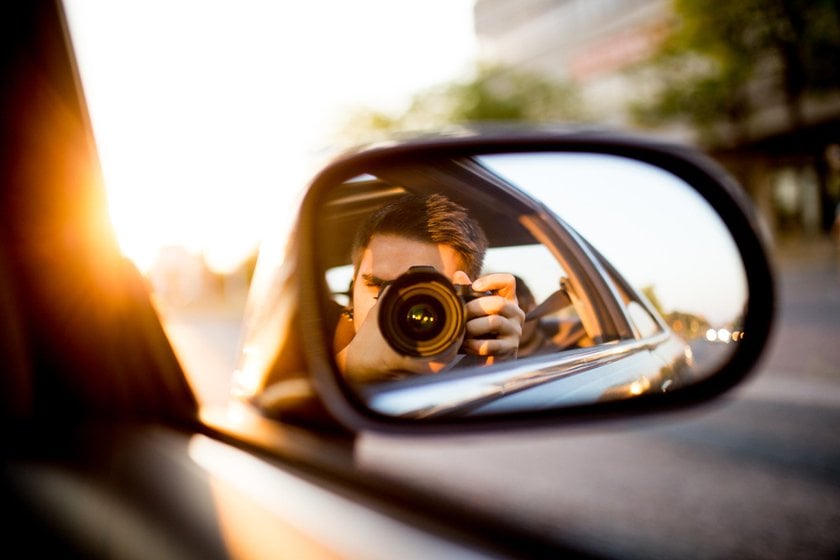
We will start with the most necessary equipment for any photographer. When talking about professional photography, you need a good camera. If you're a beginner and still looking for your perfect device, check out how to choose the right camera. It would help to have a universal option suitable for shooting indoors and in street photo sessions. In addition, it will be useful to understand the manual mode camera settings to take clear pictures of cars while driving and in different lighting conditions, be it sunset, showroom light, or headlights and lights of a night city.
Advanced yet easy-to-use photo editor
Get Luminar Neo NowLenses and Light Limiters
You can choose various lens options depending on the shooting conditions, the distance to the car, preferences, and capabilities. Research the best lenses for car photography and choose the one that suits you best before you buy them. Another tip is to buy a polarized filter. It will be useful for shooting a car under harsh light because it will remove unwanted reflections and smooth out the glow. You can also use a circular polarizer that reduces glare. And a neutral density filter will help you limit the light. It's like sunglasses for your lens and will be especially useful for shooting outdoors in harsh sunlight.
Basics
A tripod is a mandatory addition to the camera. It is a valuable tool for capturing sharp images, especially at night or in low-light conditions. It will help you take a series of pictures from a fixed angle and easily change shooting angles at one fixed level with the car. A tripod is also necessary for HDR shoot creation. A reflector for manipulating sunlight will also be useful. Its basic set will be sufficient.
Light
Professional artificial light is always a good idea for any photographer. A reflector will come in handy for shooting from the outside. With its help, you can direct natural light to the car for the desired effect. Flash or light panels will be necessary when photographing the car's interior, highlighting details and conveying their colors. Usually, professional car photographers use a softer flash to avoid sharp shadows and white lines on the surface of the car's interior or body parts.
Additional Tools
If you are shooting your client's car, agree on the necessary tools for quickly cleaning or polishing the car, or take yours. In movement or outdoor shooting conditions, dirt, dust, and associated pollution cannot be avoided. Therefore, quick cleaning is a good solution because the overall impression of the picture can be spoiled, and "cleaning" in the photo editor requires additional time. Suppose the shooting takes place in extreme conditions, for example, a test drive of an SUV or a professional or street race. In that case, dirt, stains, and streams of water on the car will, on the contrary, be an advantage and emphasize the naturalness of the process.
Understanding Lighting in Automotive Photography
Lighting directly affects the appearance and general aesthetics of vehicles. Natural light creates soft, diffused lighting that accentuates the car's contours and curves, especially during the golden hours of sunrise and sunset. Use this when shooting cars outdoors or in car showrooms with panoramic windows. Also, consider that the surface of vehicles reflects light and objects, so try to take pictures, avoiding unwanted reflections so as not to waste additional time during post-processing.
Studio lighting or external flashes control lighting conditions, allowing you to shape the light to highlight the vehicle's features. Use flash to fill in shadows and add extra brightness to darker areas. So you will get a well-balanced and visually appealing image.
Experiment. The theory is good, but only during practice will you learn to intuitively understand the best light schemes for certain conditions and a certain car.
Exclusive Tools of Endless Possibilities in One AI Editor
EXPLORE NOW!Composition and Angles in Car Photography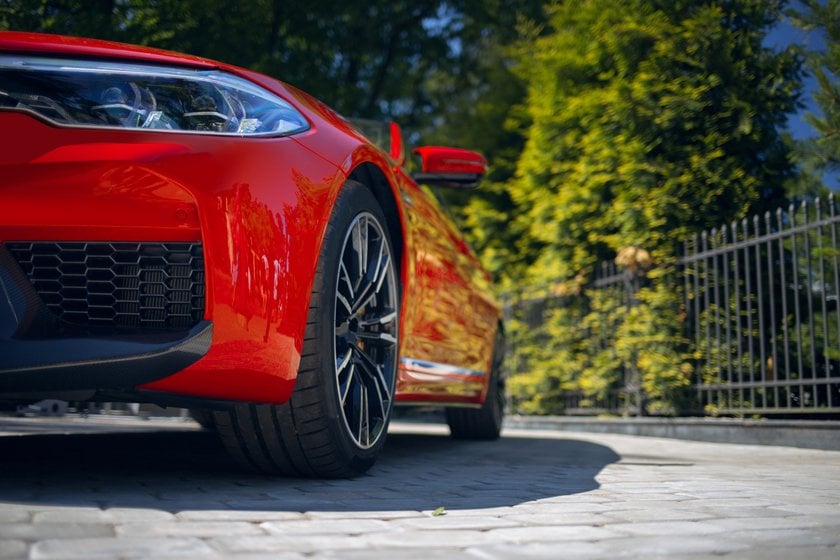
Correct composition and angles are the third whale on which automotive photography rests. These two elements determine how the final image will present and perceive the vehicle. Expert photographers often use compositional principles such as the rule of thirds, leading lines, and framing to create visually dynamic and engaging shots. By carefully framing the car within the scene, you can draw attention to its most attractive features and develop a sense of depth and space.
To emphasize the power and presence of the car, experiment with different shooting angles, including low angles or, conversely, high angles for a unique perspective. With cars, as with children or pets, the most popular angles are those taken at the "eye" level of the vehicle. A good idea is to capture shots at 45-degree angle views of each corner of the car. Master composition and explore different angles to effectively highlight the best features of cars and create compelling photos that captivate viewers. Discover more of the best angles for car photography, try to put all the tips into practice, and learn to feel the right perspective. Over time, you will intuitively choose successful angles, bringing you even more pleasure in the process.
Detail Shots and Close-Ups 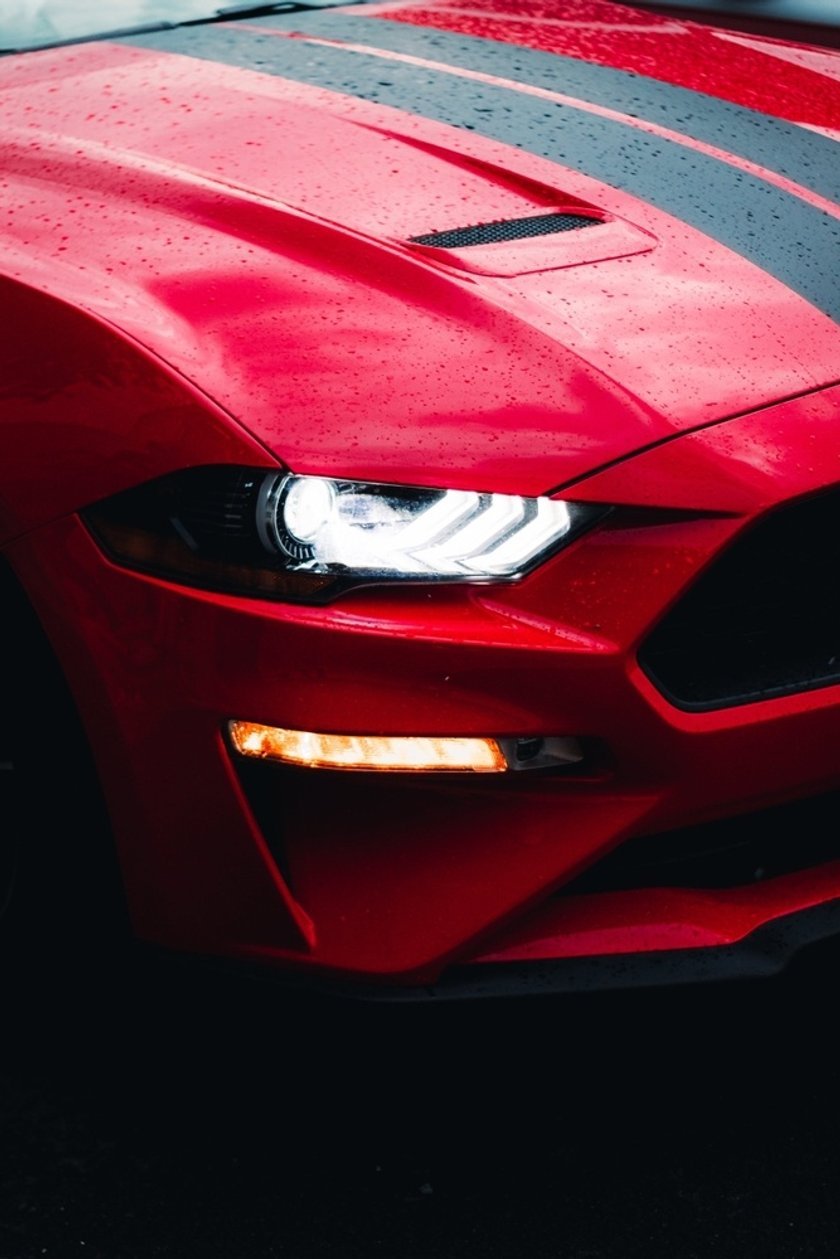
Next of the car photography tips is details. Showcase unique design elements and complex vehicle features. Such images highlight the craftsmanship and attention to detail that makes each car distinctive and desirable. Focus on key elements such as the grille, headlights, wheels, interior components, and special design accents or textures. Use a shallow depth of field to highlight these elements and create a sense of depth and space in the image. Try to convey the essence and character of each vehicle, drawing the audience in with its beauty and craftsmanship.
Post-Processing Techniques
It is the final and most important step in car photography. All the magic of improving images' quality occurs at this stage. Let's figure out how to properly Edit Car Photos to get stunning results.
Today's powerful photo editors, such as Luminar NEO, allow photographers to fine-tune exposure, color balance, and sharpness for professional-quality results. Exposure control ensures the correct balance of the image with optimal brightness and contrast. Color balance adjustments help correct any color casts or inconsistencies, guaranteeing accurate and realistic colors. In addition, the sharpening technologies increase the sharpness and detail of the image, making the car look crisp and clear.
If we talk about the secrets of more impressive pictures, HDR Software will help you convert images in one click without manual settings of standard parameters. Luminar AI tools will take your editing to a new level, from cutting out unnecessary objects to replacing the sky or even the entire background, which is especially useful if you've shot a car at a show or race. Regarding the image of details, the Focus Stacking Program is a replacement tool that will sharpen unnecessary areas in the photo, emphasizing the details. Explore more detailed instructions and tips on how to edit car photos to bring any automotive photography ideas to life.
Automotive Photography Tips from Professionals
In closing, we've gathered valuable information and insider tips from industry professionals to help aspiring automotive photographers improve their skills and stand out in a competitive market.
Start Building Portfolio
Start experimenting with your car or offer a photo session to friends. Visit open car shows and seasonal exhibitions. There, you can find different models — old classics up to this year's novelties. Visit museums like the Porsche and Mercedes museum in Stuttgart, BMW in Munich, or Ferrari in Maranello. They allow photography of exhibits. Search for races near you to capture sports and tuning cars. It's just a paradise for aerial photography and shooting in motion.
Find Own Style
Your unique style will make you visible and recognizable among other photographers. It can be shooting only sports cars, shooting in studios and showrooms, street shooting, etc. Find your chips in color correction and toning, and create collections that captivate viewers.
Look for Customers
When you start to feel confident in shooting, offer your services to your audience on social networks. Feel free to offer local dealers photoshoots for advertising. Constantly continue to improve your skills. Сonduct social networks like Instagram and share your work there, attract more audience and actively communicate with them.
Master Motion Capture
The most impressive are photos of cars in the process of their main purpose. Use your photos to convey the features of a moving vehicle, its strength, and its power. At the same time, underline the features of each car. Also, learn how to film human-machine interaction. Convey the driver's enthusiasm for driving and the atmosphere of speed.
Search for Car Photography Ideas
Follow photographers who have already achieved success in automotive photography. Study their style, shooting angles, and non-standard ideas. Try to repeat them. The main thing is to remember that the goal is not to copy other people's works but to learn and improve your skills and develop your imagination and creativity.
Bottom Line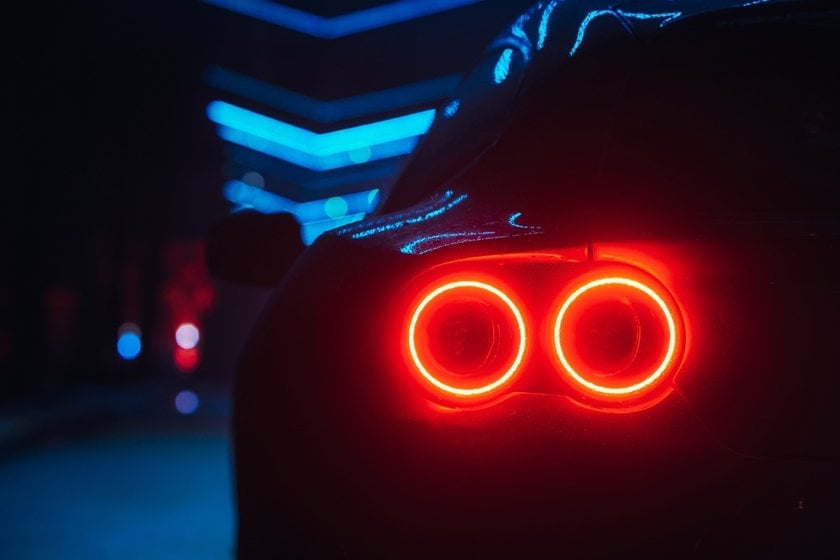
Mastering the art of car photography requires a combination of technical skills, creativity, and attention to detail. By following the expert tips and tricks, you can quickly master the art of car photography and become successful in this field. From understanding lighting and composition to using post-processing techniques, every step plays a critical role in creating stunning photographs. Be open to experiments, adventures, and cooperation. Remember that the car also has a soul, and you are called to show it to the viewer.



